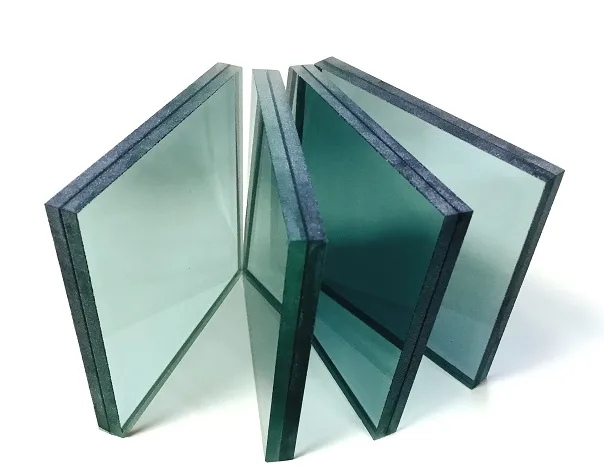Glass is a widely used construction material, favored for its durability, aesthetic appeal, and ease of use. However, not all glass types are equal. Laminated glass, an increasingly popular form of safety glass, offers several advantages.
This type of glass is made by bonding two or more layers of glass together using an interlayer film, typically made of polyvinyl butyral (PVB). In this blog post, we will discuss the pros and cons of using laminated glass in your next project.
Laminated glass provides enhanced safety, security, and sound insulation compared to traditional glass. Moreover, it offers superior resistance to impact, which makes it ideal for high-risk areas. On the downside, laminated glass is typically more expensive than other glass types, and its thickness can affect its transparency.
This article will give you a clear exposition of the benefits and drawbacks of laminated glass
One of the main benefits of laminated glass is that it is more durable and shatter-resistant than traditional glass. In the event of an impact, the PVB layer holds the glass together, preventing it from shattering into dangerous shards.
This makes laminated glass an excellent choice for applications where safety is a top priority, such as windows in high-rise buildings, skylights, and car windshields.

Laminated glass also provides enhanced security. The PVB layer makes it much more difficult to break through the glass, which can deter would-be intruders. This is why laminated glass is commonly used in storefronts, banks, and other high-security applications.
Laminated glass is also effective at reducing noise transmission. The PVB layer absorbs sound waves, which can help to create a more peaceful and quiet indoor environment. This makes laminated glass an excellent choice for buildings located in noisy urban areas or near busy roads.
Laminated glass can also provide UV protection. The PVB layer filters out harmful UV rays, which can help to prevent fading and damage to interior furnishings and artwork.
One of the main drawbacks of laminated glass is its cost. Laminated glass is typically more expensive than traditional glass, which can be a significant factor for larger projects or those with budget constraints.
Laminated glass is also heavier than traditional glass. This can make installation more difficult and may require additional support structures.
Laminated glass requires special cleaning procedures to avoid damaging the PVB layer. Harsh chemicals, abrasive cleaners, and high-pressure water should be avoided when cleaning laminated glass to prevent damage.
Laminated glass is a type of safety glass that offers numerous benefits, including enhanced safety, improved security, reduced noise transmission, and UV protection.
However, it is important to consider the drawbacks of laminated glass, such as its cost, weight, and maintenance requirements. Ultimately, the decision to use laminated glass will depend on your specific project.
Are you ready to access the best technology for the manufacture of high-quality laminated glass? You can always reach out to us and let us discuss your requirements.
Contact us today for your premium-quality laminated glass at affordable rates.